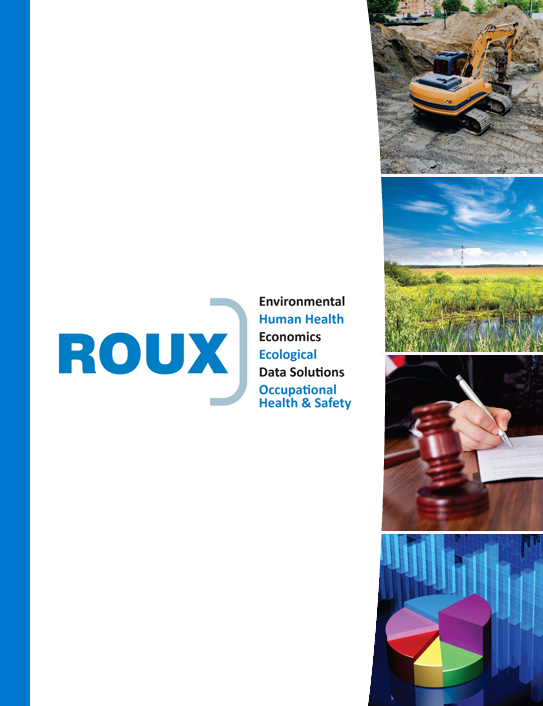Superfund Site Remediation and NRD: A Catch-22?
Cleanup will shorten the injury period, but cleanup expands the scope of injury. Is Colonel Cathcart increasing the number of missions again?
On February 21, 2021, the Trustees at the Hudson River PCBs Superfund Site released their Remedial Injury Determination Report detailing the “significant ecological injuries” from General Electric Company’s (GE) implementation of the USEPA’s remedy along 40 miles of the Upper Hudson River (Operable Unit 2). Although Superfund Site liability is universally understood to include both cleanup costs and natural resource damages (NRD), realization that NRD may also extend to injury caused by pollution remediation can come as a surprise.
Statutory Authority
The Trustees assert two legal bases for their investigation into GE’s remediation. First, 43 C.F.R. § 11.15(a)(1) extends NRD recovery to “any increase in injuries that are reasonably unavoidable as a result of response actions taken or anticipated […].” Second, they define remedial activities as “resulting indirectly from an exposure to hazardous substances,” in keeping with the injury definition language in 43 C.F.R. § 11.14(v).
Injury Determination
According to the Trustees, the dredging, capping, and/or backfilling of PCB hotspots, along with necessary supporting activities (e.g., tree removal, shoreline armoring) destroyed wetlands, aquatic vegetation, trees, and freshwater mussels. Despite requirements to “design, reconstruct, monitor, and adaptively manage habitat disturbed or destroyed,” the Trustees determined that ecological functions of the affected habitats have not recovered to their “baseline (pre-dredging) conditions.”
Relying primarily on GE’s documentation, the Trustees quantified ecological injuries for multiple resources:
- 30 acres of riverine fringing wetland;
- 300 acres of submerged aquatic vegetation;
- More than 3,000 live trees along the shoreline; and
- More than 50,000,000 native freshwater mussels.
Notably, the injury determination may expand. The Trustees postponed deciding to measure injury to other resources they believe were affected.
Damages Valuation
Next, the Trustees will issue a separate report valuing the damages. That entails expressing injury in terms of ecological benefits (i.e., “services”) lost, and determining the scope and scale of restoration projects producing services of the same type in the amount lost. Project costs are the measure of damages. Quantifying the appropriate ecological baseline is a perennial struggle in the valuation process, particularly at sediment sites. A sticking point is likely to be whether and to what degree other factors would have diminished the injured habitats’ condition during the remediation and recovery period.
Conclusion
- Superfund Site liability is not limited to the EPA’s remedy. Not only can the natural resource Trustees (i.e., not including the EPA) recover damages for injury caused by the hazardous substances, but also for additional injury caused by the remedy itself.
- Remedial planning, monitoring, and other documents the Responsible Party compiles or maintains can form the basis for the Trustees’ remedial injury determination.
- Ecological service values are not reported by the Wall Street Journal. While NRD valuation follows documented methodologies, their implementation and resulting values are determined by site-specific factors, and are sensitive to a host of assumptions, some of which can be subjective.
Please click the following link if you would like to hear more from Roux’s experts on Superfund Site investigation/remediation and NRD valuation.
